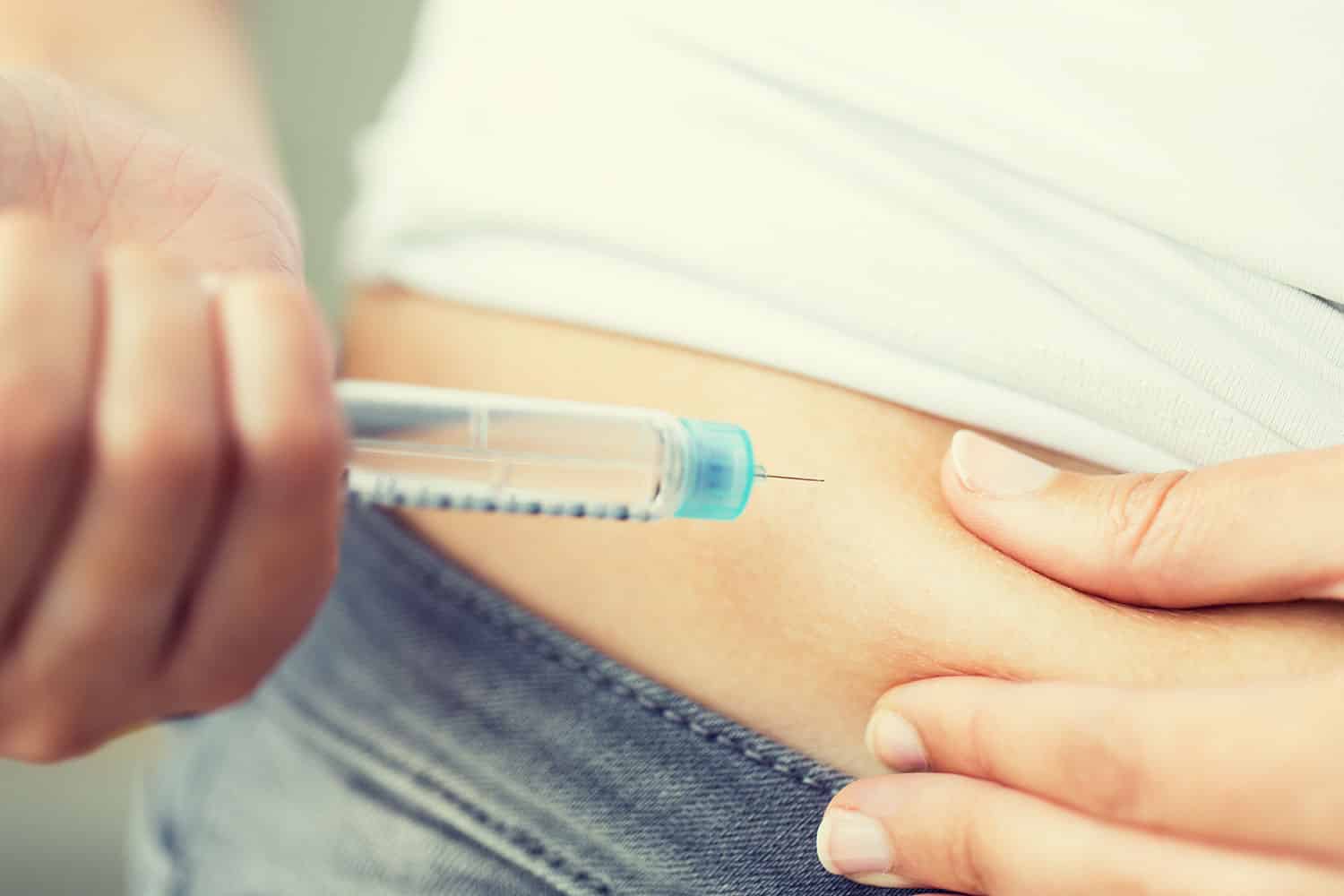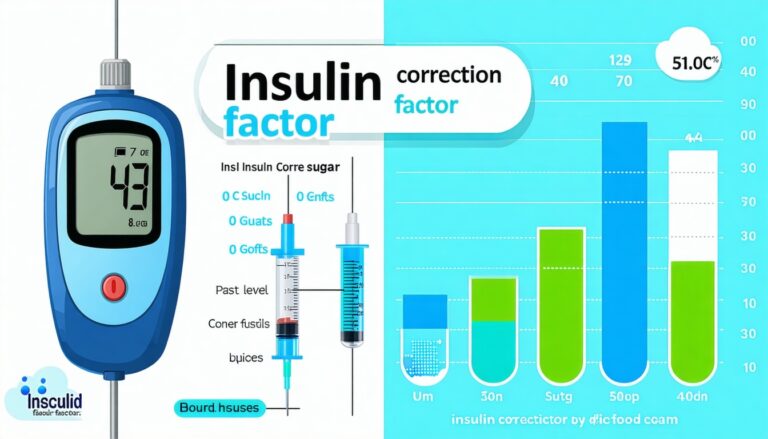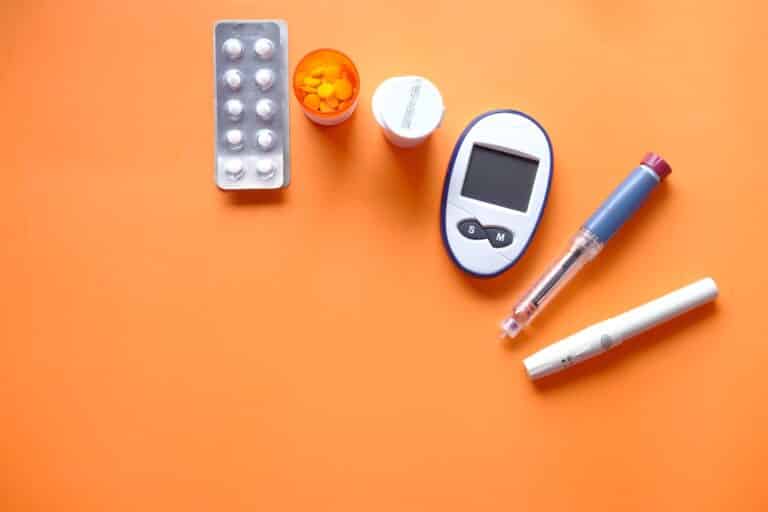A Beginner’s Guide to Insulin Glargine
Insulin glargine is a long-acting diabetes medication that functions similarly to human insulin. Because it is long-acting, it functions as a basal insulin dose for the treatment of diabetes types I and II. When used correctly, it can be incredibly effective in controlling glucose levels. Furthermore, it prevents the development of serious or life-threatening complications of diabetes. Insulin glargine is not available as a generic drug, however, can be purchased under the following insulin brands: Basaglar, Lantus and Toujeo. Read on for a comprehensive Insulin Glargine guide.
Dosing
Insulin requirements can vary greatly between patients depending on their baseline disease and glucose response. It is important for both patients and providers to monitor glucose levels often and adjust insulin glargine regimens to an individualized dose.
For type I diabetes, insulin glargine is used together with rapid or short-acting insulins to provide complete glycemic control. This is done through a multiple daily injection regimen. Typically, 40% to 50% of the total daily insulin dose should be administered as insulin glargine once daily. Initial recommended doses are usually between 0.2 to 0.5 units/kg/day in divided doses. However, it can be titrated up to 0.4 to 1 units/kg/day in divided doses. When titrating, providers should increase or decrease the daily dose by 10% to 20% every three to seven days to maintain a glucose level in the target range.
For type II diabetes, insulin glargine can also be used in combination with other forms of insulin or with oral medications. Experts recommend initial doses of 10 units daily or 0.1 to 0.2 units/kg daily. When titrating to goal glucose levels, patients should increase or decrease their dose by 10-20% every two to three days.
Administration and Storage
Patients should ensure that they administer their insulin glargine at the same time every day. Insulin glargine is administered under the skin into the thighs, arms, buttocks, or abdomen. Patients should rotate injection sites with each injection to avoid common local side effects such as lipodystrophy or cutaneous amyloidosis. It is also important that patients use alcohol or soap and water to clean the injection site prior to injection. Users should also ensure that the site is fully dry before injecting. Before patients start using insulin glargine, they should ask their doctor what to do if they miss or use an extra dose.
It is incredibly important that patients store their insulin glargine correctly to ensure that they are receiving therapeutic effects from their doses. Typically, unopened insulin glargine vials and pens can be stored in the refrigerator until the manufacturer’s expiration date. Exact storage instructions outside of the refrigerator will depend on the brand and manufacturer, but typically unrefrigerated vials or pens can be used within 28 days. Any insulin glargine that has been exposed to extreme temperatures should be disposed of.
Side Effects
Like any medication, insulin glargine can cause a number of side effects that should be monitored and managed appropriately. Common symptoms include local effects like redness, pain, swelling, or itching at the injection site. As aforementioned, skin thickening or depression of the skin can also occur when injection sites are not consistently rotated. It is also important to monitor for signs of hypoglycemia, such as confusion, heart palpitations, shakiness, and anxiety.
Conclusion
Insulin glargine demonstrates significant clinical efficacy through rigid blood glucose control in patients with type 1 and type 2 diabetes. As with any medication, it is essential that patients have a working knowledge of what insulin glargine is, its benefits and risks, and how to properly administer the medication for optimal therapeutic effects. Hopefully this Insulin Glargine guide was helpful to uninformed diabetic patients.







